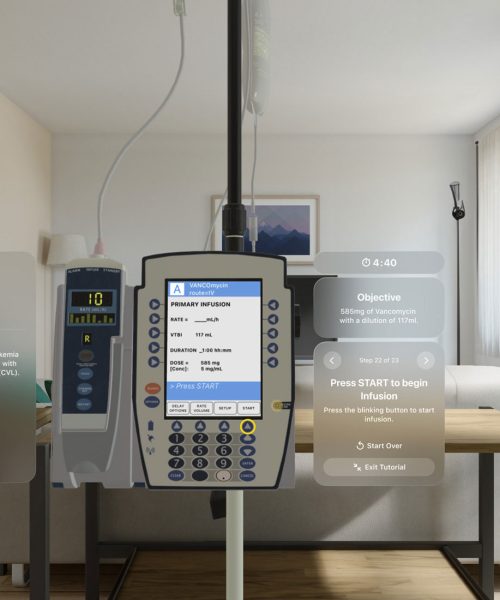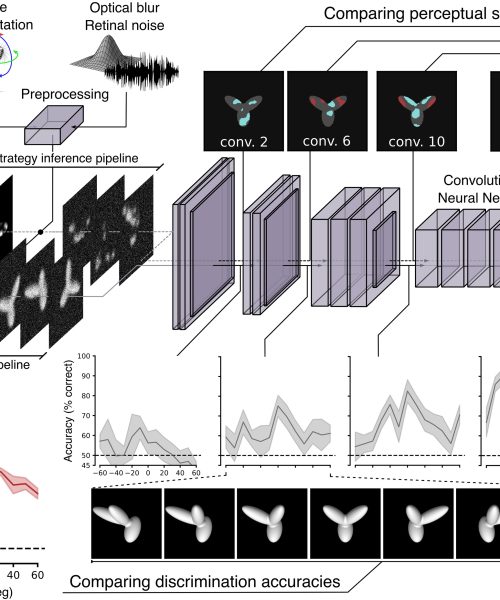We may earn revenue from the products available on this page and participate in affiliate programs. Learn more ›
Moving your body is for everyone, regardless of experience level, skill, or location. This year’s Best of What’s New innovations make getting outside and active easier in many ways. A tightly woven shirt stops itchy mosquito bites sans chemicals. An electric fishing reel cuts the cord and ditches heavy batteries once and for all. An app combines avalanche education with hard-to-find reports for safer snowshoeing and skiing. A waterproof jacket uses a battery membrane to maintain its breathability and waterproofing. An exercise bike with cutting-edge technology takes the experience of a peaceful ride and brings it inside. Overall, the best sports and outdoor innovations take the “rough” out of “roughing it.”
(Editor’s Note: This is a section from Popular Science’s 37th annual Best of What’s New awards. Be sure to read the full list of the 50 greatest innovations of 2024.)
Grand Award Winner
HoloBike by Saga: A relaxing yet immersive bike ride in your house
“Riding a bike outdoors” and “riding a bike at the gym” are vastly different experiences. One feels immersive and relaxing; the other can feel tortuous and monotonous. Samuel Matson, the founder of Saga and a former Google VR designer, noticed that same dichotomy after returning from a sabbatical during the pandemic, which he spent cycling in the Andes Mountains in Colombia. Wearing a bulky VR headset isn’t ideal for a cycling workout, though. Instead, the HoloBike forgoes a wearable headset for a lenticular-inspired, high-resolution screen that utilizes optic flow, the same phenomenon that is the basis for eye movement desensitization and reprocessing (EMDR) therapy. Eye-tracking cameras adjust the scene based on where you’re looking for an immersive experience. The 3D environments are made using AI-powered scans of real trails and resemble an open-world video game. Best of all, the HoloBike has roughly the same footprint as a Peloton, meaning it won’t take up too much space in your house. It’s currently available for pre-order online.
Mosquito Protection Technology by Royal Robbins: A chemical-free way to stop mosquitoes
There are a few ways to prevent mosquito bites in the woods effectively. Almost all of them require chemicals, from DEET in bug spray to pyrethrin-treated clothing, that wash away and potentially enter the water system—all except Royal Robbins’ Mosquito Protection Technology (MPT). MPT uses an incredibly tight weave that prevents mosquitoes from getting their proboscis through without sacrificing breathability. The fabric is also made to resist deforming, meaning a spin through the washing machine won’t affect protection. It’s set to launch in spring 2025.
Fathom Electric Reel by Penn: Bye-bye, cords
Electric reels for sea fishing are typically powered by a cord plugged into a power source. If you’ve been on a boat, you know that “wet surface” and “thing that can be tripped on” don’t mix. The Fathom Electric reel ditches those cords for a rechargeable lithium-ion battery. Despite the battery, the reels are impressively lightweight at 60, 71, and 84 ounces, depending on size. The reel also has bonus features like an easy-to-use LED display with customizable settings.
Aspect Avy App: Avalanche safety made simple
According to FEMA, an average of 28 people die in avalanches every winter in the United States. Getting accurate avalanche data involves lots of research, and reports are typically written for professionals. Even the most advanced professional guide makes assumptions when looking at avalanche data. The Aspect Avy app combines historical data, live data from the North American Public Avalanche Danger Scale, “avalanche problems,” and LiDAR mapping to give those visiting or living in snow country an accurate, dynamic view of daily conditions. The app’s “go” and “no’go” slope categorizations make it easier to understand reports and make safe decisions in the mountains. They also keep winter explorers out of the runout zone if an avalanche is likely to occur above them.
M10 collection by Patagonia: A waterproof jacket made with battery membranes
Starting in 2025, several states including New York and California will ban the sale of per- and polyfluoroalkyl substances (PFAS) in apparel. Other states are set to follow in the years after. PFAS has been integral to waterproofing—and can be found in other components like zippers and webbing—yet they’re forever chemicals, and harmful to the environment. Patagonia’s built-from-the-ground-up M10 collection is an indication of what’s to come in the textile space. The waterproof membrane is borrowed from the car battery industry, which uses mechanically made nanoporous membranes to separate ions. In the M10, these consistent-sized pores keep rain and snow out without PFAS but let heat and sweat escape even better than the rain jackets and ski shells we’re used to.











